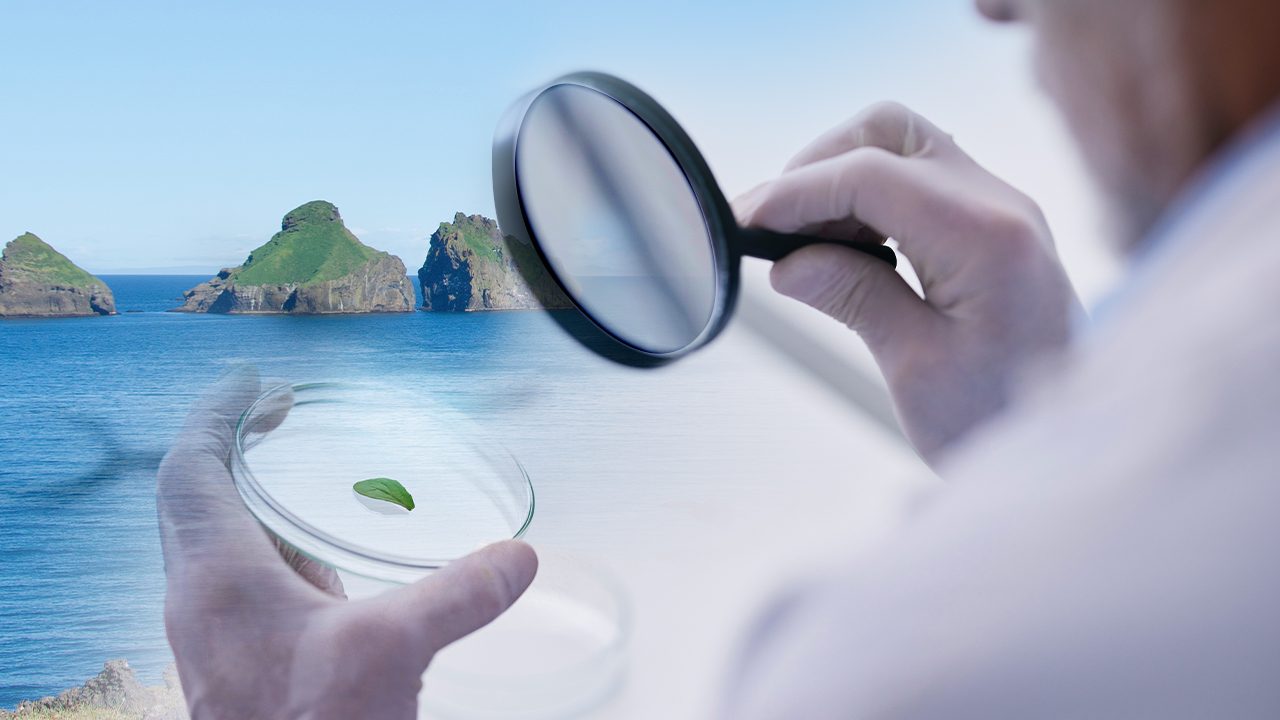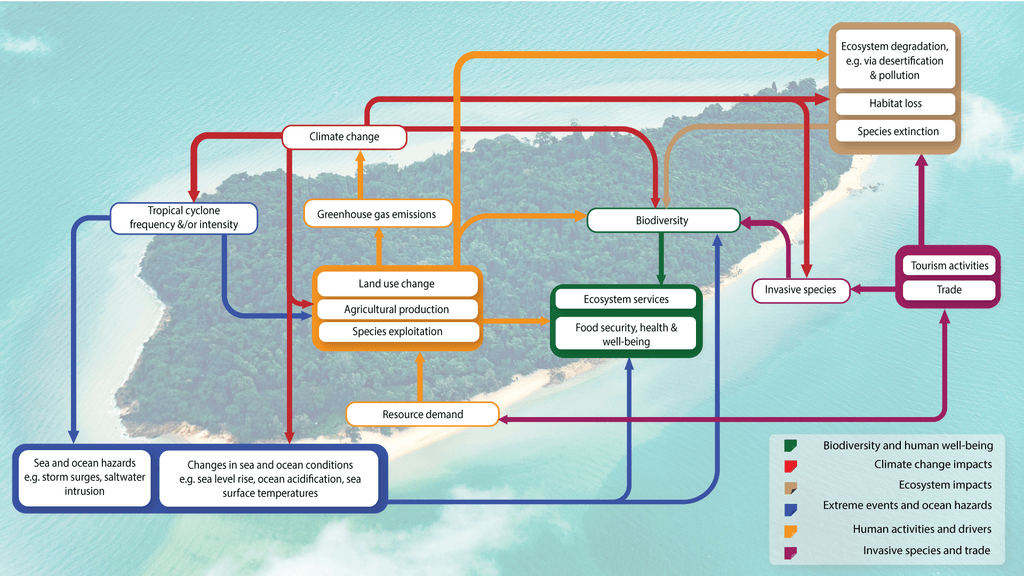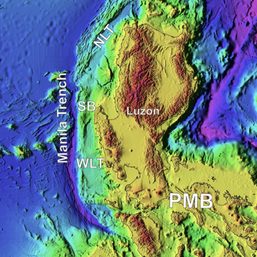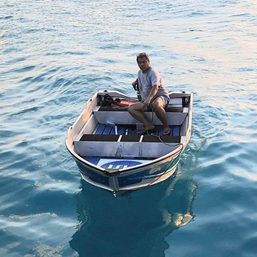SUMMARY
This is AI generated summarization, which may have errors. For context, always refer to the full article.

LAGUNA, Philippines – Filipino and Chilean scientists recently advised governments and communities of the significance of safeguarding small islands and warned them against the aggressive rates of invasive alien species that contribute to biodiversity loss.
In a recently published article in the npj Biodiversity journal, Andrea Monica Ortiz, Laurice Jamero, Silvio Crespin, Cecilia Ramirez, Denise Matias, Jameela Joy Reyes, Anibal Pauchard, and Tony La Viña of the Ateneo School of Government highlighted the need to include small islands in research and policy attention.
Small islands are not only more vulnerable to climate change and biodiversity loss but they also play a vital role in the ecosystem and the stability of human life on Earth.

While the Small Islands Developing States (SIDS), a political group of 39 states and 18 associate members of the United Nations regional commissions, have uplifted the case of small islands in the global policy sphere, it is still limited to those part of the assemblage.
The Philippines and Chile, for instance, are not part of SIDS. Hence, the support and focus on environmental policies are not often extended to non-SIDS countries or states.
“We appeal to the scientific and policy community to consider ‘SIDS and other archipelagos,’ which share many common problems,” Ortiz said.
They argued that the current Global Biodiversity Framework, which indicates that 30% of the earth should be protected by 2030, does not include urgency in protecting the biodiversity and resilience of small islands.
Similarly, the archipelagic state of the Philippines did not reflect the small islands’ proper management and protection allocation in its national agenda.
“Although they [islands] may seem remote or isolated…[they are] much stronger together. We need connected, archipelagic solutions for archipelagic challenges,” Ortiz said.
The Philippines is considered a biodiversity hotspot, which means that while most of its species are endemic (cannot be found elsewhere) to the country and diverse, they are highly threatened by destruction and habitat loss.
Classifying a country or region as a biodiversity hotspot means that it has lost at least 70% of its original natural vegetation. These hotspots require strict conservation measures, especially since they house almost half of the world’s plants in less than 3% of Earth’s land surface.
“Many islands in both the Philippines and Chile are already severely affected by biodiversity problems like invasive species and sea-level rise. However, because they are far and/or remote to access, they are also unfortunately ‘far and remote’ from the national agenda,” Ortiz added, citing the similarities between the two countries.
Invasive species and biodiversity loss
Among the challenges affecting small islands’ health and biodiversity is the rampant increase in the introduction of invasive alien species – may it be intentional or unintentional.
Invasive alien species are organisms (plants or animals) not indigenous or native to a particular location. While some of them may be aesthetically pleasing, their ability to spread and adapt quickly to an environment may harm native species and result in biodiversity loss.
The recent Intergovernmental Science-Policy Platform on Biodiversity and Ecosystem Services (IPBES) report provided a thematic assessment of invasive alien species in relation to sustaining healthy biodiversity and functioning ecosystem services.
Pauchard, one of the authors of the said report who is also a co-chair of the IPBES and a co-author of the npj Biodiversity article on small islands, said that their assessment found invasive alien species as a major threat not only to biodiversity but also to people worldwide.
The water hyacinth, more fondly called the water lily in the Philippines, is a popular freshwater ornamental garden pond plant yet a notorious invasive species. Because it can easily cover 600 square meters in just a year and reduce the water’s oxygen level, it can kill the aquatic biodiversity in the area. It reduces the ability of life underwater and on the surface water to acquire its essential nutrients, making it detrimental to the economy and human life as well.

“People need to be aware of the problem of invasive alien species, and personal actions are relevant; for example…avoiding owning and releasing pets that may be [at] high risk of becoming invasive. Also, ornamental plants are a potential source of invasive plants,” Pauchard said, highlighting the need to certify the sources of plants and seeds that people buy.
Pauchard said that climate change may also worsen the impacts of invasive species, considering that they often destroy the naturally occurring species that are supposed to strengthen and stabilize the environment’s resilience to stresses.
The Philippines’ Wildlife Resources Conservation and Protection Act or Republic Act No. 9147 was enacted to protect the country’s biodiversity from unapproved exotic species. Since it does not specifically cite invasive species, there have been calls to update this 22-year-old law.
The impacts of climate change on invasive species, specifically on small islands, are just the tip of the iceberg in the discussion of environmental sustainability and climate change. Its contribution to significant biodiversity loss limits humans’ survival in the changing world.
“We urge the scientific and policy community to better recognize the challenges faced by islands globally and locally and make them a priority in research, planning, and development. Their resilience is the country’s and planet’s resilience,” Ortiz said. – Rappler.com
Add a comment
How does this make you feel?



![[OPINION] Remembering RSP, Norman and Jessie – geoscientists for the people](https://www.rappler.com/tachyon/2024/04/raymundo-punongbayan-April-29-2024.jpg?resize=257%2C257&crop_strategy=attention)





There are no comments yet. Add your comment to start the conversation.